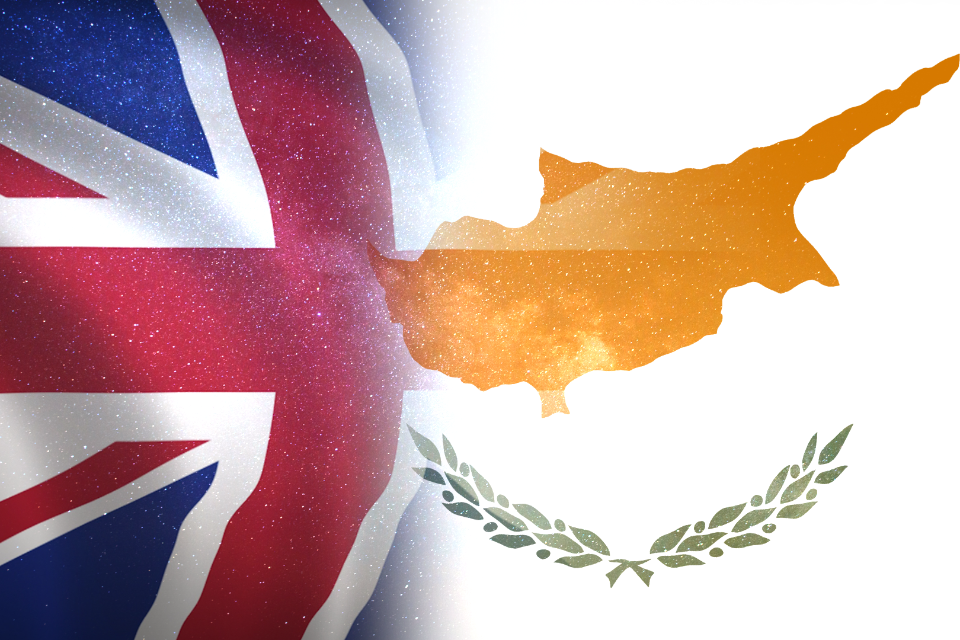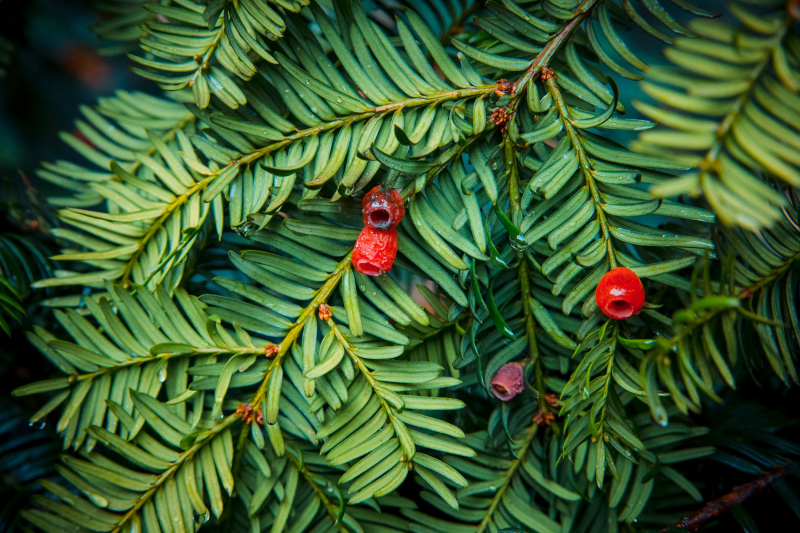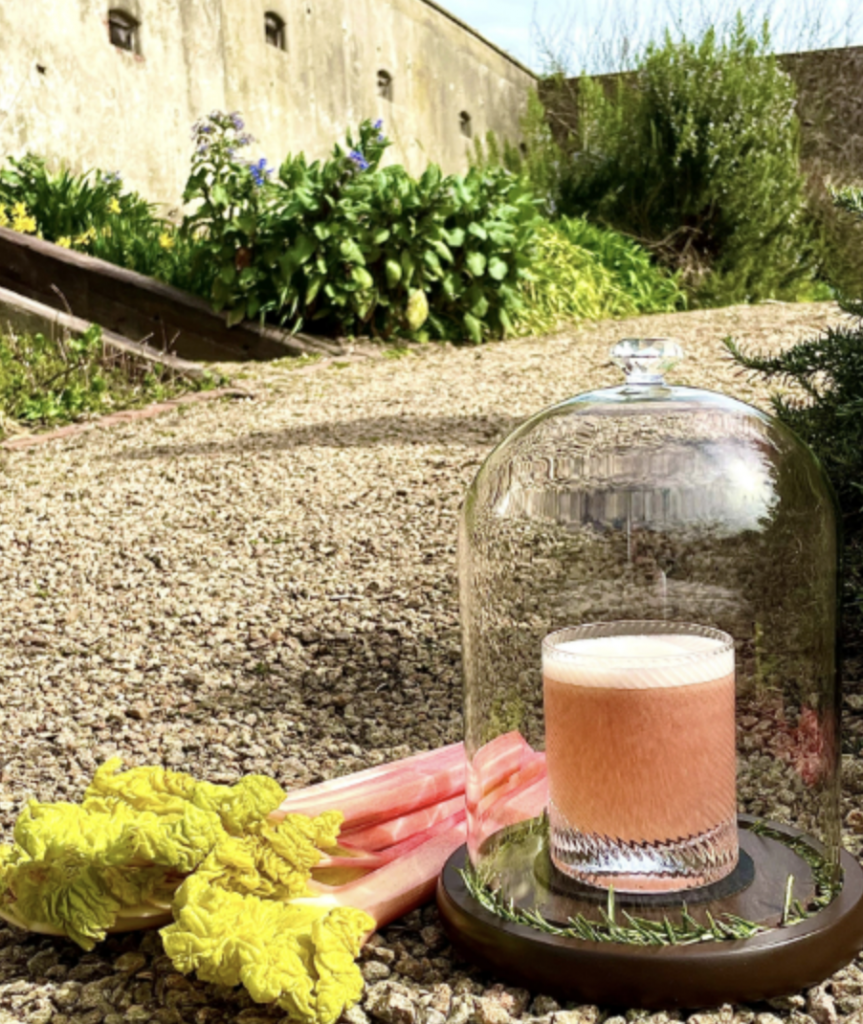Yew have traditionally been used as morbid allegories. It was linked by the ancient Greeks to Hades, the Furies and Hecate, the goddess of witchcraft, necromancy and ghosts. Its importance to the ancient Druids as a symbol of immortality may explain its presence in English cemeteries, many of which were built on formerly pagan sites. According to an old myth, the tree absorbed vapors from underground corpses to create poison.
Yew is the wood of preference for wands and royal staffs, such as the staff of office in the Highlands, as it represents a representation of eternal life and mystical power. Ironically, however, even addressing it can prove fatal over time. This is allegedly how medieval longbow craftsmen were poisoned.
Yew poisoning can cause tremors, breathing problems and, most dangerously, heart failure severe enough to kill a moose. Because the poison acts so quickly after ingestion, dead animals are often found with the leaves still partially in their mouths. Another factor contributing to its presence in cemeteries is that it can decimate entire herds, which deters grazing animals from consuming it (but usually they know to avoid it).
Why then do they continue to eat it? According to its creator, yew tree bears cake is the vegan version of fugu. Surprisingly, the berries are not harmful, but the leaves, bark, wood and seeds are. They are actually quite good, but using them in the kitchen is dangerous. The tree’s deadly taxine B is found only in the interior of the seed; only the flesh or apples are edible.
(Atropine might help, by the way, if you ever get nauseous grazing in an English graveyard. You can only feel well enough to dig your own grave if you follow the yew with some poisonous nightshade.)













